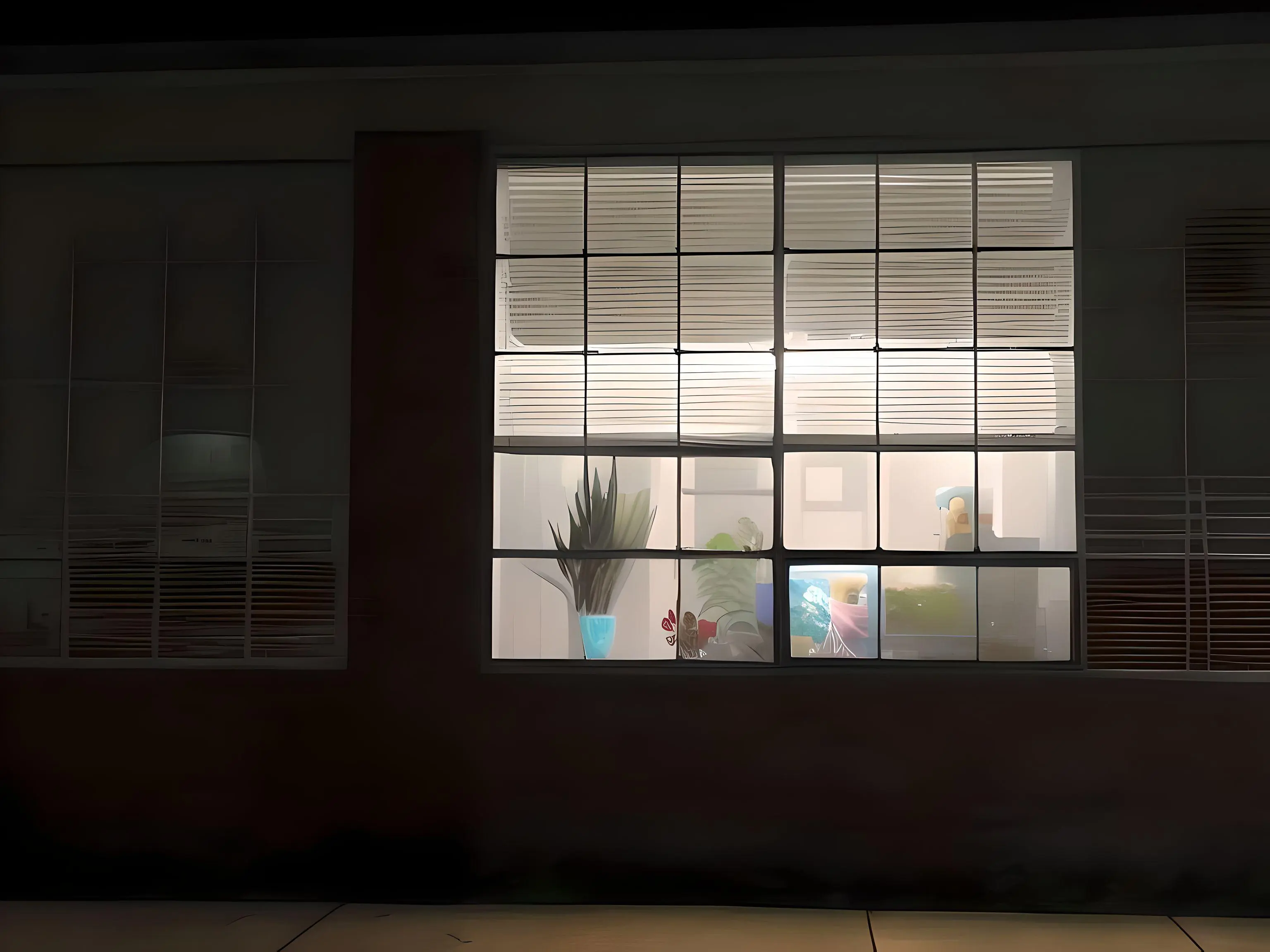“I have dark vision”
-future people
“Show me”
- some dude with a flashlight
“Owww”
- Future People
“Dumbass”
- Future People’s Friends
Seems familiar…

Before now you had to kill a bunch of dudes, get sent to the darkest supermax prison, and pay some dude a few packs of Kools to get these bad boys.
Did that, did a lot of that. There wasn’t any doctor here who could shine my eyes. Not even for 20 menthol cools. Was anything you said true?
I worked on that game
… MFR…do NOT leave us hanging!
Nothing much to say, been a game dev since 99, worked on a lot of games. Including escape from butcher bay.
Pitch Black is a underrated movie.
I only saw it the theatre because I went to see Shyamalan’s Signs and the reels didn’t arrive so they played Pitch Black instead.
I was lucky.
And blinded by security cameras?
Seriously, wouldn’t being able to see infrared basically make you see night vision cameras like they are street lights?
Not really. While I don’t have the exact numbers, the output of an infrared LED is no higher (usually) than an LED in the visible range. My security cameras have an array of 10 or so LEDs.
So looking at a security camera would be roughly equivalent to staring at a light bulb.
Ok, so not really bright, but visible. I smell the plot to a bank heist movie.
Also infrared cameras are pretty sensitive, so the lights often aren’t that bright.
And the contact lens definitely won’t make infrared light as bright as visibly light. It also likely doesn’t line up exactly with the wavelength used by most cameras.
It would probably be noticeable but not appear very bright.
Your phone’s camera should be able to “see” the IR from security cameras and IR remotes. That can give you a sense for home much and in what direction they emit.
The sensitivities will be different, your phone should still help you some.
Phone cameras have very good IR filters. They aren’t perfect which is why they can still see the LEDs, but they aren’t anywhere near as bright.
I have an old RasPi camera with the IR filter removed, a remote control looks like someone used an old-school camera flash in pitch darkness. Which is how you can control your TV sometimes even from the next room over - especially at night with no ir from the sun - shine the remote at the wall, and the wall blinks bright enough for the TV to see it, often even after a few reflections.
So don’t stare directly at them, then?
Infrared lights don’t need a lot of wattage to do their job. They wouldn’t be any more obnoxious than a light bulb.
even with eyes closed
Not sure I would want something like that.
You would if you don’t like surprises.
Big brother: “Okay, open your mouth and close your eyes, and I’ve got a big surprise!” Closes eyes: “not this time, fucker”
How would you get a surprise in the mouth when you’re stuck headfirst in the washer?
This is real bro not step bro. Totally different shenanigans involved.
Maybe it’s just my ADHD, but the article doesn’t seem to be clear on something: do these contacts actually allow you to see into near-infrared as it exists, or do they merely shift the light into a spectrum we can see, the way cameras do? I’m hoping for the former, but I doubt we have the tech to allow us to see new colors simply by putting on a pair of contacts.
(Also, the mental image of scientists putting tiny little contact lenses on mice is hilarious to me.)
TL;DR from Wikipedia: In photon upconversion, two or more incident photons of relatively low energy are absorbed and converted into one emitted photon with higher energy.
Basically photons are combined into a photon that is nearer in wavelength to visible light.
Aww that’s disappointing, but I’m not surprised. Otherwise we’d be using this tech to help colorblind people tell the difference between red and green.
You mean cyclists?
LMAO
It shifts the wavelength into the visible range, it doesn’t grant you the ability to see new “colors”. It’s more like a translation into a color you already know.
Well that’s a lame perk tree
To counter the first theory, a contact cannot change the physical biology of the photon detecting cells (rods and cones) in the back of your eye. Nothing can, short of modifying your genetics.
So you can either become part mantis shrimp, or shift the wavelengths into the spectrum your biology already can absorb and interpret.
I call it BS
Black sight? Binocular Superiority? Better Seeing?
Whatever happened to the jellyfish eyedrops?
jellyfish eyedrops?
Why would they need eye drops? They are submerged in salty water.
It was an eyedrop that used a protein or something from jellyfish, that affected human eyes to temporarily see better in low light. Been years since I’ve heard anything about it. Another sensationalized “breakthrough” I guess.
So, the articles are old, but chlorin e6 mixed with insulin and DMSO in saline gives a temporary boost to nightvision.
Sounds fucking awesome, and the ingredients all seem fairly easy to acquire. No commercial product, but why would there be?
… and don’t have eyes!
Yes. Light receptors maybe, but eyes…
… and light-sensing organs called ocelli, which can sense the presence and absence of light. Additionally, some jellyfish have sensory structures called rhopalia, which contain receptors to detect light, chemicals and movement.
Oh wait! This is unexpected:
… One group of jellyfish, the cubozoan jellyfish, have complex eyes… with lenses, corneas and retinas in their rhopalia.
Huh. Wiki agrees:
box jellyfish are unique in the possession of true eyes, complete with retinas, corneas and lenses.[13] Their eyes are set in clusters at the ends of sensory structures called rhopalia
Whoa.
WTF!? [subscribe to jellyfish facts]












